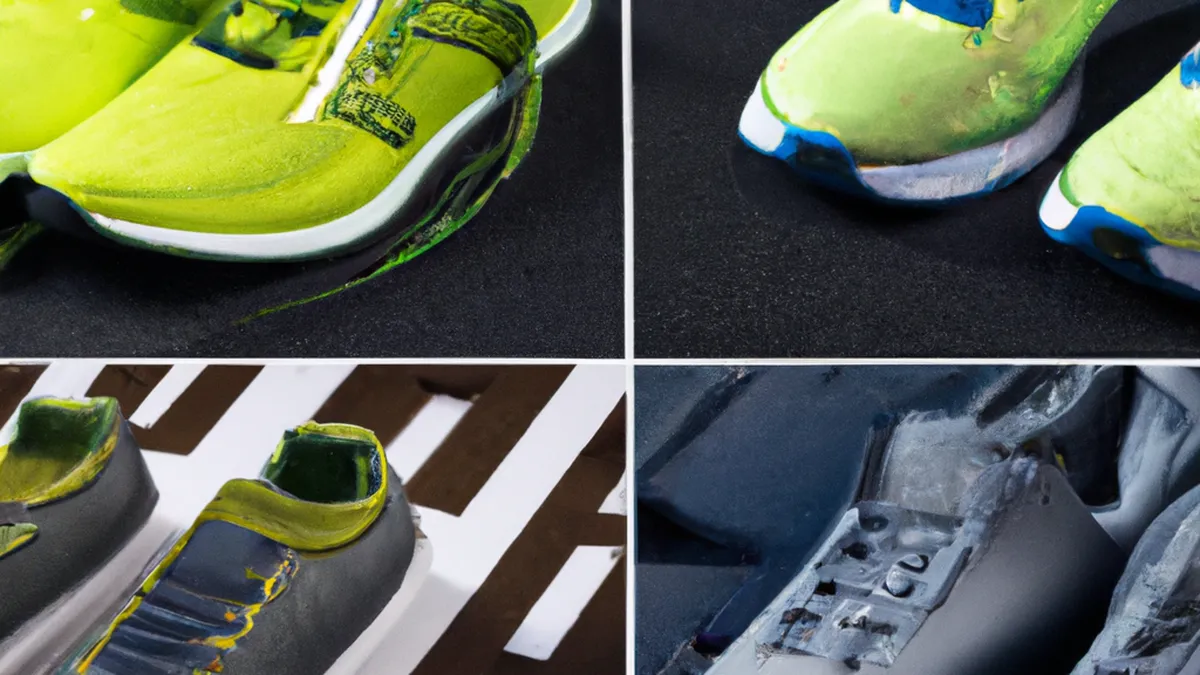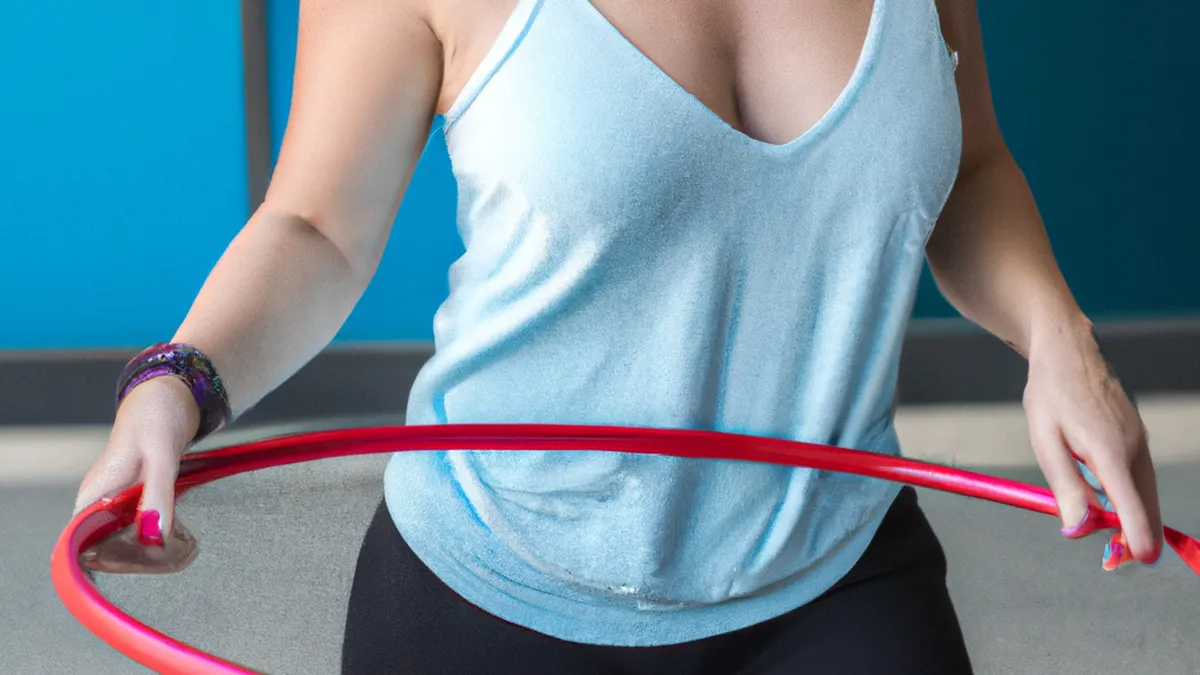Precision Drills for Better Swimming Form
Perfecting Swim Stroke EfficiencySwimming combines grace and power. Many swimmers struggle with stroke efficiency. Improving your stroke enhances speed and reduces fatigue. This blog offers tips to perfect swim stroke efficiency.
Understanding Stroke Efficiency
Stroke efficiency measures how well you use energy to move through water. It involves technique, strength, and timing. Efficient swimming means moving faster while using less energy. This benefits both training and competitions. Good stroke mechanics can lead to personal bests.
The Importance of Streamlined Movement
Drag significantly affects swimming speed. A streamlined body reduces resistance. This helps maintain speed without wasting energy. Think of a torpedo; it moves faster in water with a sleek form. Swimmers achieve this by focusing on body position.
Key Tips for Improving Stroke Efficiency
As an Amazon Associate I earn from qualifying purchases.
Gear tip: consider swim goggles, swim cap, and running belt to support this topic.
Focus on Body Position
Body position greatly impacts stroke efficiency. A streamlined posture significantly reduces drag. Keep your head aligned with your spine, looking slightly forward. This adjustment can profoundly impact your speed.Keep your hips high in the water. Engage your core muscles to achieve this. A strong core stabilizes your body and maintains a horizontal position. Elevated hips allow you to glide through water with minimal resistance.
Optimize Your Stroke Technique
Stroke technique directly affects efficiency. Begin by focusing on hand entry; enter the water with your fingertips first. This method reduces resistance and maintains speed.Pay attention to your pull phase. Use a high-elbow catch to maximize pull effectiveness. This technique engages more muscle groups, generating power with each stroke. Proper hand positioning utilizes your strength effectively, propelling you forward.Finish your stroke strongly. Fully extend your hand at the end of each stroke. Complete extensions keep your body streamlined and prepare you for the next stroke. Neglecting to finish can cause drag and slow you down.
Improve Your Breathing Technique
Correct breathing is vital for stroke efficiency. Many swimmers hold their breath or breathe too late, disrupting rhythm. Practice bilateral breathing to promote balance and streamline your swim.Exhale underwater to take quick breaths when turning your head. This reduces time spent with your mouth out of water and maintains speed. A smooth breathing pattern can dramatically improve performance.
Conclusion
In summary, focus on body position, stroke technique, and breathing to enhance swim stroke efficiency.
Below are related products based on this post:
FAQ
What is stroke efficiency in swimming?
Stroke efficiency measures how well a swimmer uses energy to move through water. It involves the swimmer’s technique, strength, and timing. Efficient swimming allows for faster movement while using less energy, which is beneficial during both training and competitions.
Why is a streamlined movement important in swimming?
A streamlined body reduces drag, which significantly affects swimming speed. By maintaining a sleek form, swimmers can move faster without wasting energy. This concept is similar to how a torpedo moves efficiently through water.
How can I improve my breathing technique while swimming?
Correct breathing is essential for stroke efficiency. Swimmers should practice bilateral breathing to maintain balance and streamline their swim. Additionally, exhaling underwater allows for quicker breaths when turning the head, helping to maintain speed throughout the stroke.















Post Comment